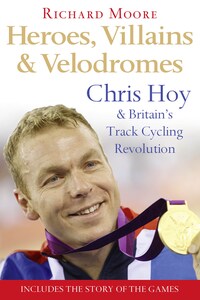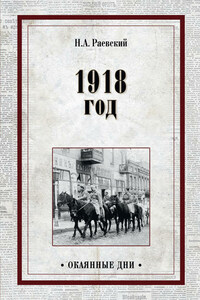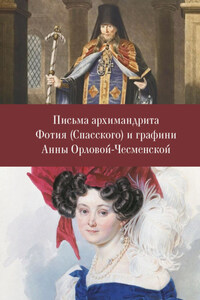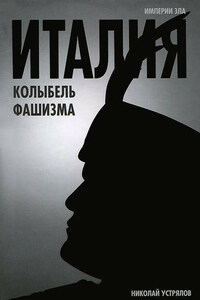Contents
Cover
Title Page
Epigraph
Introduction: A Righteous Kick up the Arse
PART I: Portrait of the Athlete as a Young Man
1 BMX Bandits
2 The Kingcycle
3 The Wellydrome
4 The Guv’nor
PART 2: The Plan
5 Sliding Doors
6 The Future’s Bright, The Future’s Lime Green
7 Zero to Hero to Zero Again
8 Mind Games
9 Killing the Kilo
PART 3: Bolivia to Beijing
10 What Are We Here For?
11 Finally, a World Record
12 Looking After Number One
13 Big in Japan
14 The House Is on Fire; We’re Trying to Save the Furniture
15 ‘This Is Your Everest’
16 Foot to the Floor Time
Epilogue: Hot Pants and Magic Wheels
Plate Section
Chris Hoy Palmarès
Track Cycling Glossary
List of Searchable Terms
Acknowledgements
Copyright
About the Publisher
INTRODUCTION
A Righteous Kick up the Arse
Palma de Mallorca, March 2007
The scent of drying concrete fills the air; scaffolding is everywhere; workmen go about their business with a sense of urgency, adding bits to the Palma de Mallorca Arena here, painting bits there. The impression is unmistakable, and not in the least encouraging. The 2007 Track Cycling World Championships begin here tomorrow, in a place that currently has the atmosphere, smell, appearance, sound, and ubiquitous dust, of an unfinished building.
However, deep in the centre of the arena, in what feels like its core, far from the madding construction, there is a rather surreal spectacle: a perfect oval of varnished wooden boards, glistening and shining as they reflect the bright spotlights – a bit like crashing through a waterfall and entering a peaceful, serene hideaway. In the case of the Palma Arena, the sight is that of a beautifully finished, brand new cycling track: 250 metres all the way round, with steep, wall-of-death-style banking at each end, sweeping into short straights, then quickly curling into the next banked bend.
And in this oval, burling around the bends, thundering along the brief straights, the British team, comprising eighteen riders – with twenty-eight support staff looking on – are going through their final training session before the championships. They are slick, organized and thoroughly impressive to watch; they also present a neat juxtaposition to the chaos outside, the only reminder of which is the occasional sound of a drill or some piece of machinery wafting in when a door opens.
But … hang on. Twenty-eight support staff to eighteen riders: did I hear that right? Are twenty-eight people really necessary? I suggest to Dave Brailsford, the British Cycling performance director, that this seems ‘a healthy ratio’. ‘It’s a winning ratio,’ smiles Brailsford, a man who manages, somehow, to appear simultaneously intense and relaxed as he watches his men and women whirl around the velodrome in a blur of red, white and blue.
I am here in particular to see one of Brailsford’s ‘blue-chip’ athletes, and a man regularly described as the ultimate athlete – the Olympic and world champion Chris Hoy. Chris and I were team-mates once. We were in the same Scotland team at the Commonwealth Games in Kuala Lumpur in 1998, but in many ways we belonged to different eras. For him, the Commonwealth Games were the start – they provided a springboard. For me, they were the end, the Commonwealth Games being as high as the bar of my ambition – I use the word advisedly – was set. In my case, a springboard with a malfunctioning spring – more like a trapdoor, really.
Back then, Hoy tended to be a little in the shadow of another rider, slightly older than him – Craig MacLean. The two of them came as a package: they were both blond, they were similar in appearance, they seemed inseparable and were constantly mistaken for each other. Craig used to sit in the apartment in the games village strumming his guitar. Chris didn’t play the guitar but he was, in other respects, Craig’s mini-me. There was something that set these two apart from the rest of the team, though. It was clear they were going places. The bar of their ambition was set fairly high; precisely how high, no one – not even them – could have imagined.
I was at those games, if I am honest, for the T-shirt (and three polo shirts, tracksuit, sweatshirt, shirt, tie, smart trousers, kilt and sporran, brogues, kit bag, racing and training kit … and yes, it says it all that I can reel that list off without really thinking about it).
‘That [Kuala Lumpur] Commonwealth Games,’ Hoy said to me on one occasion, ‘was the last games where the Scotland team had the attitude of being second-class citizens, and of thinking, “We’re gonna get humped here, but at least we’ve got the clothing.”’









